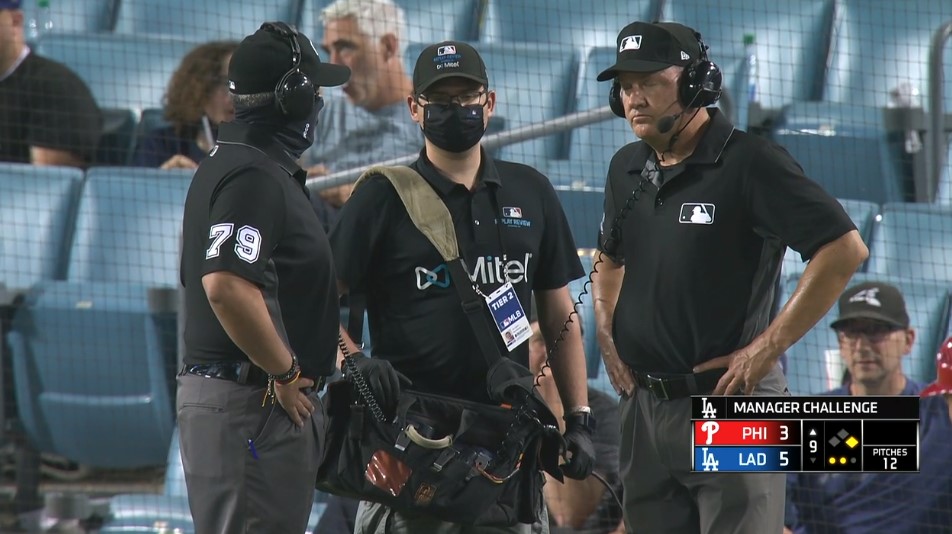Five Out of 2,750
With 11 strikeouts in six innings in his start against the Dodgers last week, Yu Darvish reached 1,500 major-league strikeouts in fewer innings than anyone else in history. Playing in NPB from 2005 to 2012, he racked up 1,250 strikeouts.
No. 1678
Last year he was close to becoming Rookie of the Year, even though one might well consider him a veteran: a pro since he was 18 back in 2005, a decade of experience carried with him. But on this continent, he is not the ubiquitous superstar he is at home. The things he is capable of — the command, when he’s on, of almost every pitch imaginable; the apparent ease with which he can induce whiffs and strikeouts — are still brand new.
He began this season with a 14-strikeout game — an out away from completing the game on his own. Now, deep in the summer heat of August, he has racked up four such games. And here he is, at work on another one. In the eighth, with one out (strikeout 14), he has yet to allow a hit.
But it only takes one swing, and the tenuous lead he has been protecting all this time is cut in half: one hit on the board now, one run. So he comes back with another strikeout. The first one this inning was a strikeout looking, but this one is a strikeout swinging — his 109th pitch, impossibly placed, moving as though manipulated by invisible hands. “15,” the scorebug flashes — strikeout number 15. And if it’s thrilling, or if it’s tiring, or if he is reaching the end of his rope, there is no sign of it: just an exhale, a circling of the mound, a return — one more batter, just one more. Read the rest of this entry »



